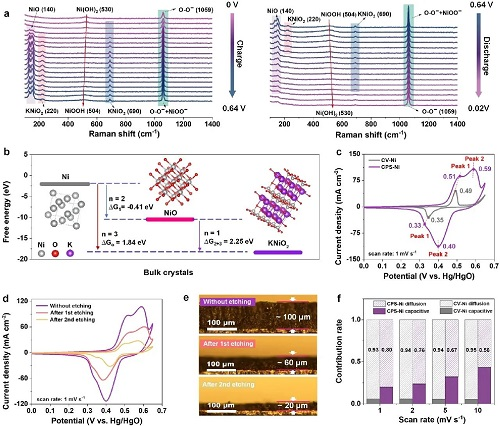Electronic Components Revolutionize Medical Power Conversion: Efficiency and Miniaturization Breakthroughs
Synergistic Wireless Power and Data Transfer
Nanjing University’s team unveiled a novel wireless power and data transfer system at the 2024 VLSI Symposium. By utilizing the fundamental wave for energy transmission (6.78 MHz) and the third harmonic for data, the system achieves 52.6% end-to-end efficiency and 4.0 Mb/s communication rates simultaneously. Its dual-resonance compensation topology suppresses interference, enabling high-performance brain-computer interfaces and glucose monitors.
Miniaturized High-Density Converters
The University of Catania developed the world’s most efficient AC/DC converter using 28-nm CMOS technology.
Designed for battery-free implants, it delivers 95% peak efficiency and a power density of 222 mW/mm². Powered by a 0.5-mm-thick piezoelectric transducer, it outputs 1mW for micro-devices like pacemakers.

Advanced Energy Storage & Thermal Management
Aqueous Ni-Zn Batteries: Researchers from City University of Hong Kong and Sichuan University achieved a 6.88 mWh/cm² energy density battery via superoxide-activated triple-electron transfer, enabling -day continuous blood pressure monitoring.
Photothermal Conversion: Renmin University’s skin thermal management system converts NIR-II light to 500mW electricity while preventing tissue damage through multi-stage heat dissipation.

Commercial-Grade Power Modules
Boca Tech’s MPQ60W medical DC/DC converter features 92.5% efficiency and <4.5μA leakage current with 5000VAC isolation. MORNSUN’s new series complies with 2×MOPP safety standards, offering 8mm creepage and <5μA leakage.
Industry Trends: Medical power technologies are advancing toward higher frequencies (MHz transmission), heterogeneous integration (energy/data/sensing fusion), and ultra-low leakage (<5μA). These innovations will accelerate the adoption of AIoT implants and telemedicine